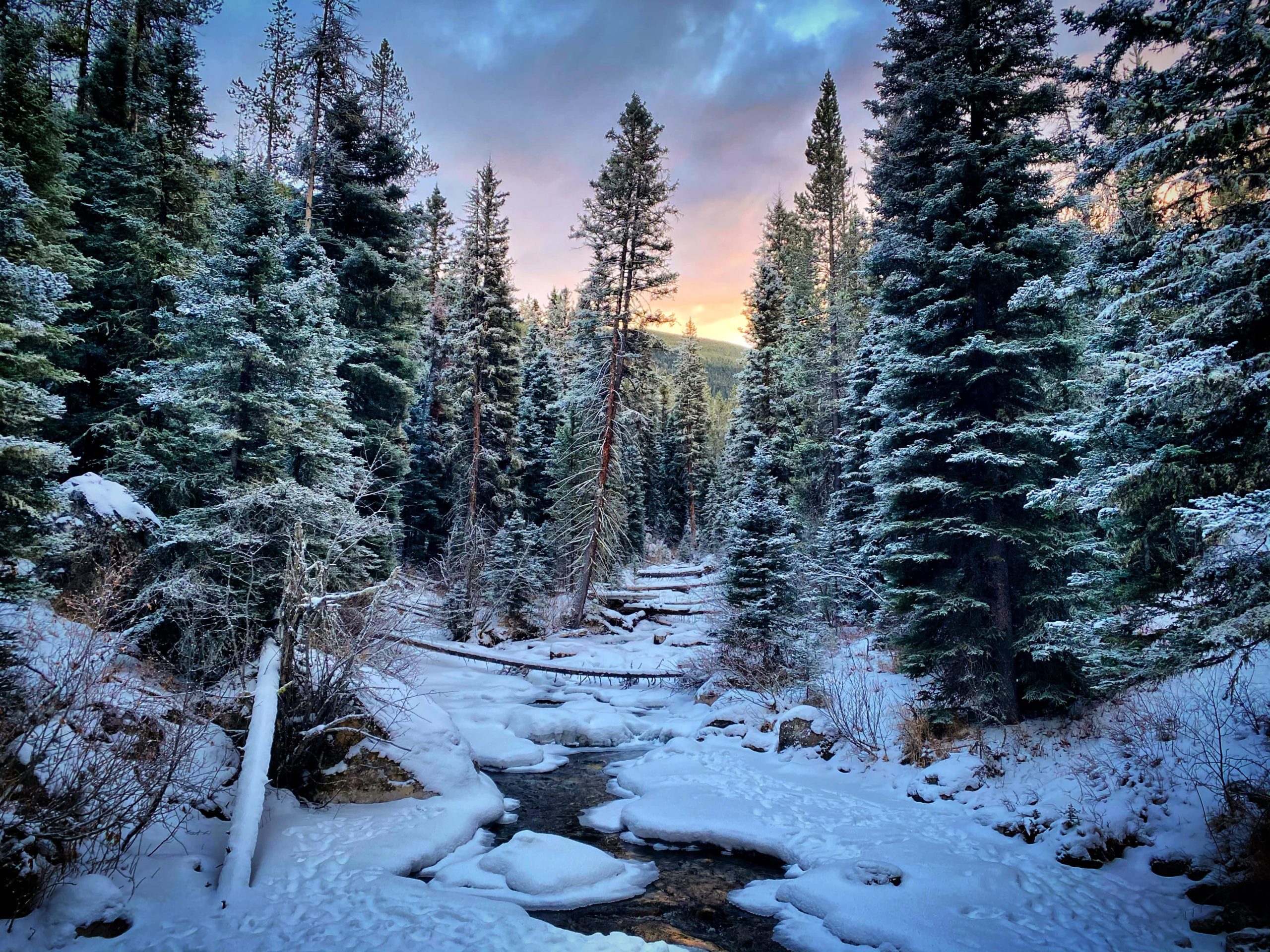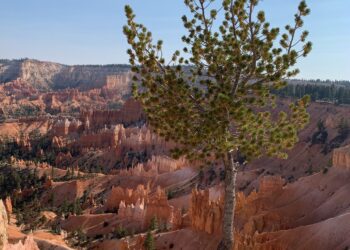We must seek creative solutions to water-cycle challenges
By David Tucker EBS Contributor
On Oct. 11, snow returned to the upper Gallatin watershed, and for the first time since late spring, the water bank began recharging.
In Big Sky, as with all communities across the Mountain West, fresh water comes primarily in the form of winter’s snow, as inches turn to feet and next summer’s water supply is stored in the alpine until spring.
The continuation of this cycle is critical to river health—and to the supply of fresh water in our homes and businesses—but its persistence is far from guaranteed.
As climate change continues to wreak havoc on the delicate natural balance of our headwaters ecosystem, the availability of fresh water becomes less likely every passing year. Warming temperatures mean fewer days of snowfall, shorter winter seasons and faster spring snowmelt. All of this adds up to a concerning sum—a future without ample cold, clean flows for the Gallatin River.
But just as the season’s first snow offered a sigh of relief from the dry, hot summer, proactive conservation and resilience in the face of climate change can result in a more hopeful outcome. Recently, we’ve taken major steps forward.
Earlier this year, engineers broke ground on a new, upgraded wastewater treatment plant in Big Sky. This facility will have major positive impacts on the health of the Gallatin River, as water treated there will have 90 percent less bacteria, 99 percent less nitrogen and 99 percent less phosphorus.
This highly-treated water allows us to prioritize wastewater recycling options that aren’t available currently, such as groundwater recharge and snowmaking. A snowmaking project is underway at the Yellowstone Club, and the Gallatin River Task Force is working with Big Sky Resort on a feasibility study for their terrain.
By mimicking traditional snowfall patterns, snowmaking with highly-treated wastewater will recharge our aquifers, improve streamflows in our waterways and mitigate adverse impacts from climate change. This is particularly important as drought, such as we experienced this year, becomes the norm, not an anomaly.
While using wastewater for snowmaking might seem irksome to some, it’s important to note that studies reviewed by the task force show no adverse environmental impact from doing so. In fact, as far as discharge options go, this is far more favorable than using wastewater for landscaping irrigation, although with the new treatment plant, this process will also be radically improved. Snowmaking also helps avoid direct discharge into the Gallatin, which the task force has long opposed.
Because our water supply is so reliant on snowfall, and because all climate models predict a significant decrease in snowfall, this reuse option is particularly encouraging, although there are others that could also improve water quality and bolster water quantity.
Groundwater recharge, in which treated wastewater is pumped into underground “infiltration galleries” connected to aquifers, could also go a long way toward augmenting our water supply as we prepare for a drier future. Because the wastewater is highly-treated, we believe there is little threat to water quality and river health, and indeed this method would increase in-stream flows as underground aquifers feed springs that feed the Gallatin.
As the weather shifts, forecasters are predicting a cold, snowy winter, which is good, but far from a guarantee of ample water supply come spring. For now, only one thing is clear: our water supply issues are not going away. Climate change and human use are driving our water levels down. This decrease in supply exacerbates water quality issues, further threatening aquatic wildlife, our recreation economy and public health.
To solve what feels like a monumental problem, we have to be creative, and we have to be proactive. By doing so, we can set the sustainability standard for headwaters communities across the American West. It will take outside-the-box thinking, but based on recent progress, it appears we’re heading in the right direction.
David Tucker is a conservation writer for the Gallatin River Task Force.
















